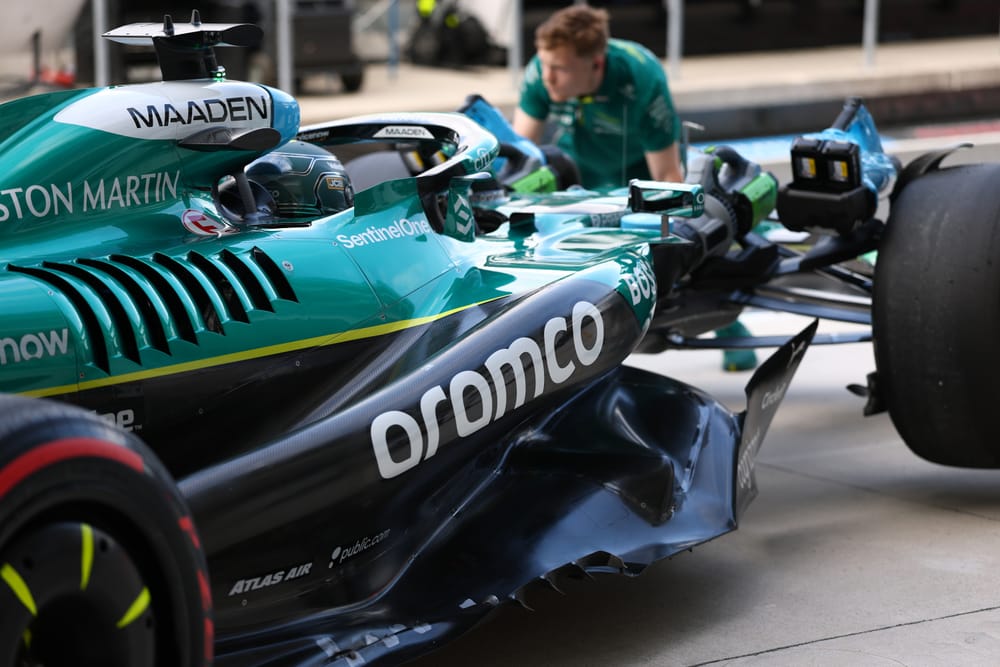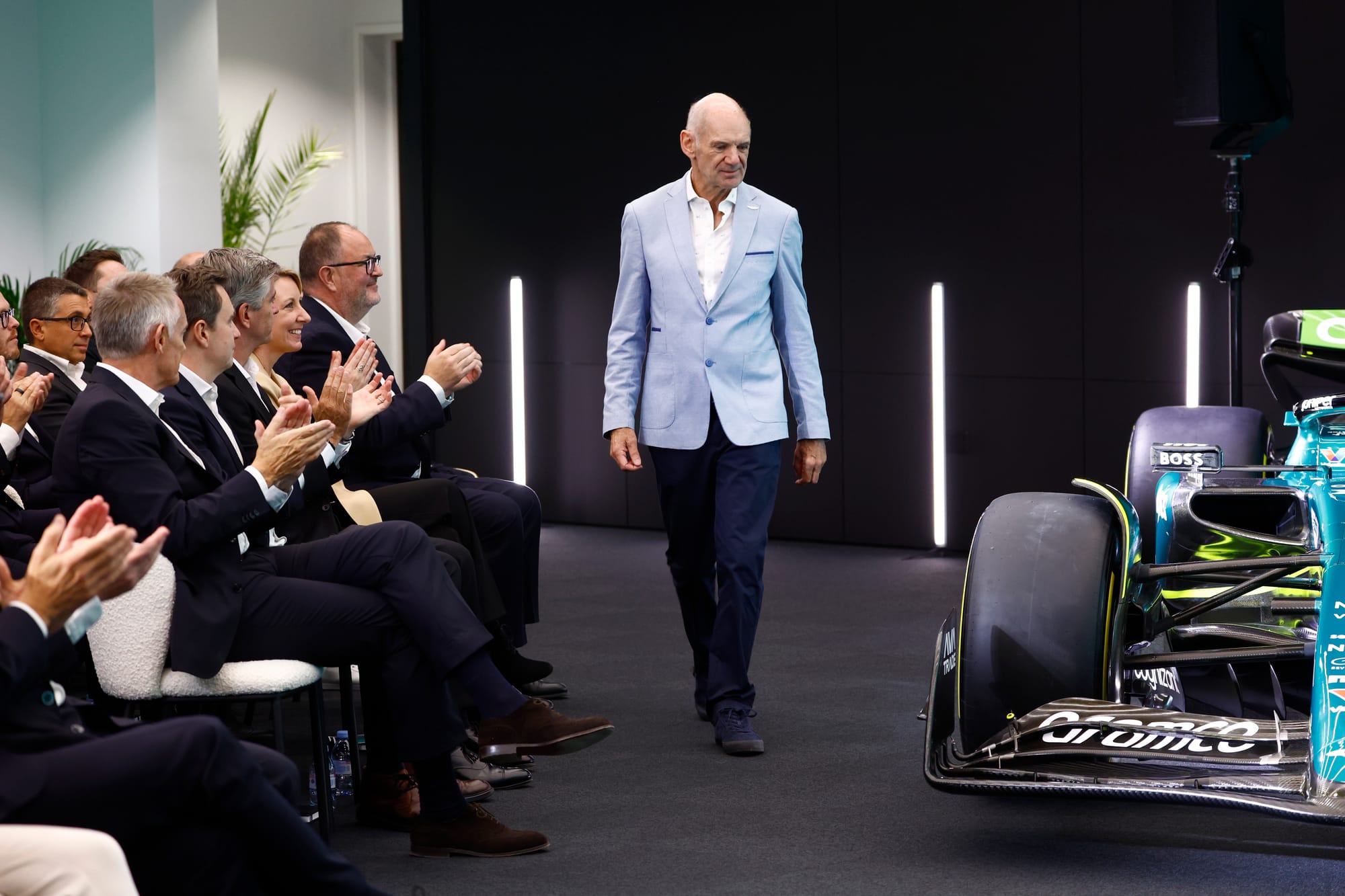Aston Martin's upgrade package at Formula 1's Imola round is the first big test of its reshaped technical team and working processes that are crucial to the project's long-term success.
A new floor and top bodywork will be trialled in Friday practice on one car while the other runs the specification that has been used so far this season.
Aston Martin expects the two to combine for more downforce and aerodynamic consistency, in its bid to move out of the lower part of the midfield and try to fight for points more regularly.
For that to happen, though, Aston Martin must buck a worrying trend of weak development over the last two years. This led to group CEO - and as of 2025 team principal - Andy Cowell reshaping Aston Martin's technical structure over the winter across the factory and trackside.
Cowell said at the previous race in Miami that the team was now making sure it had "good confidence" in parts before bringing them to the track, and indicated there was a shift in how it had previously assessed that something is actually better, when Aston Martin had induced "chaos" by swapping floors in and out race-to-race and even in-event.
The Imola package, which has been in the works from the end of December to the start of March, is the first product of those changes and will be a test of whether Aston Martin has really achieved a more robust development process after all.
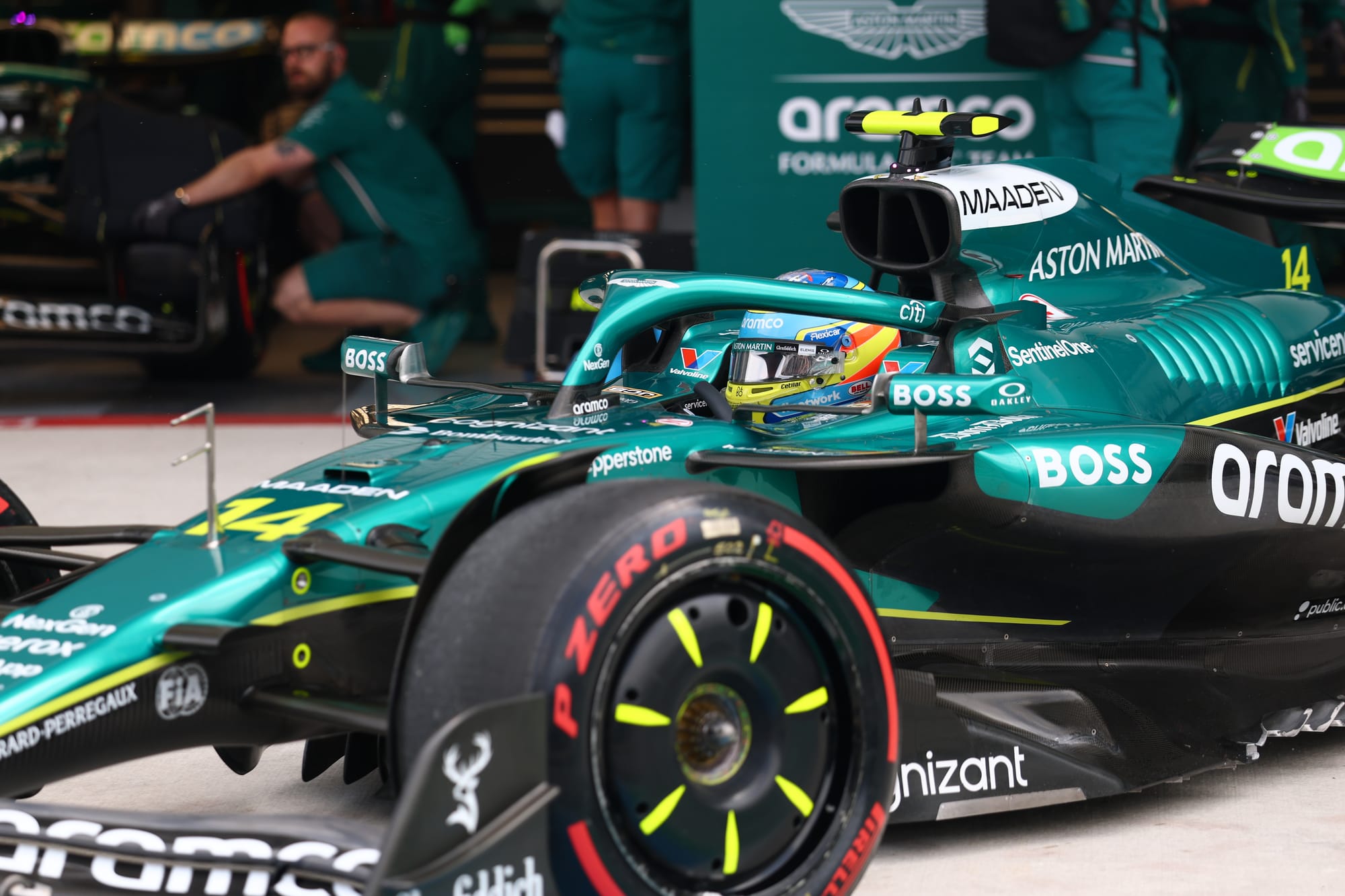
And while development of the new package was not done in the new windtunnel that has come online at Aston Martin's new factory at Silverstone this year, it has been used to map the upgrade, which means assessing how different set-up changes would impact its aerodynamic performance to optimise how to run it on the car.
"The thing where we're trying to do is make sure that what we measure in the factory, that final mapping work in the new tunnel, is as thorough as we can make it," said Cowell, when asked by The Race about the importance of the upgrade package at Imola in that wider context of improving development processes.
"And the way we test here at the circuit - that third world of aerodynamics, the full size car with its different stiffness characteristics compared with a windtunnel model and running on a track with kerbs and bumps and undulations and movement of the car - that's what we will learn tomorrow.
"It's trying to be more thorough. Will it all stitch together? I doubt any team has 100% correlation."
He added: "It all comes down to the precision, the confidence that you've got in the number that you're reading.
"We all live in this digital world where numbers are presented to three decimal places, and we believe it, but what's the error band?
"We're trying to look in greater detail at what is the error band in everything that we measure. We're trying to make sure that every experiment we do, we get greater success of having a clear answer."
Even getting the upgrade in the new windtunnel for the final mapping stage is a major step as it makes this the first package to benefit from the new windtunnel.
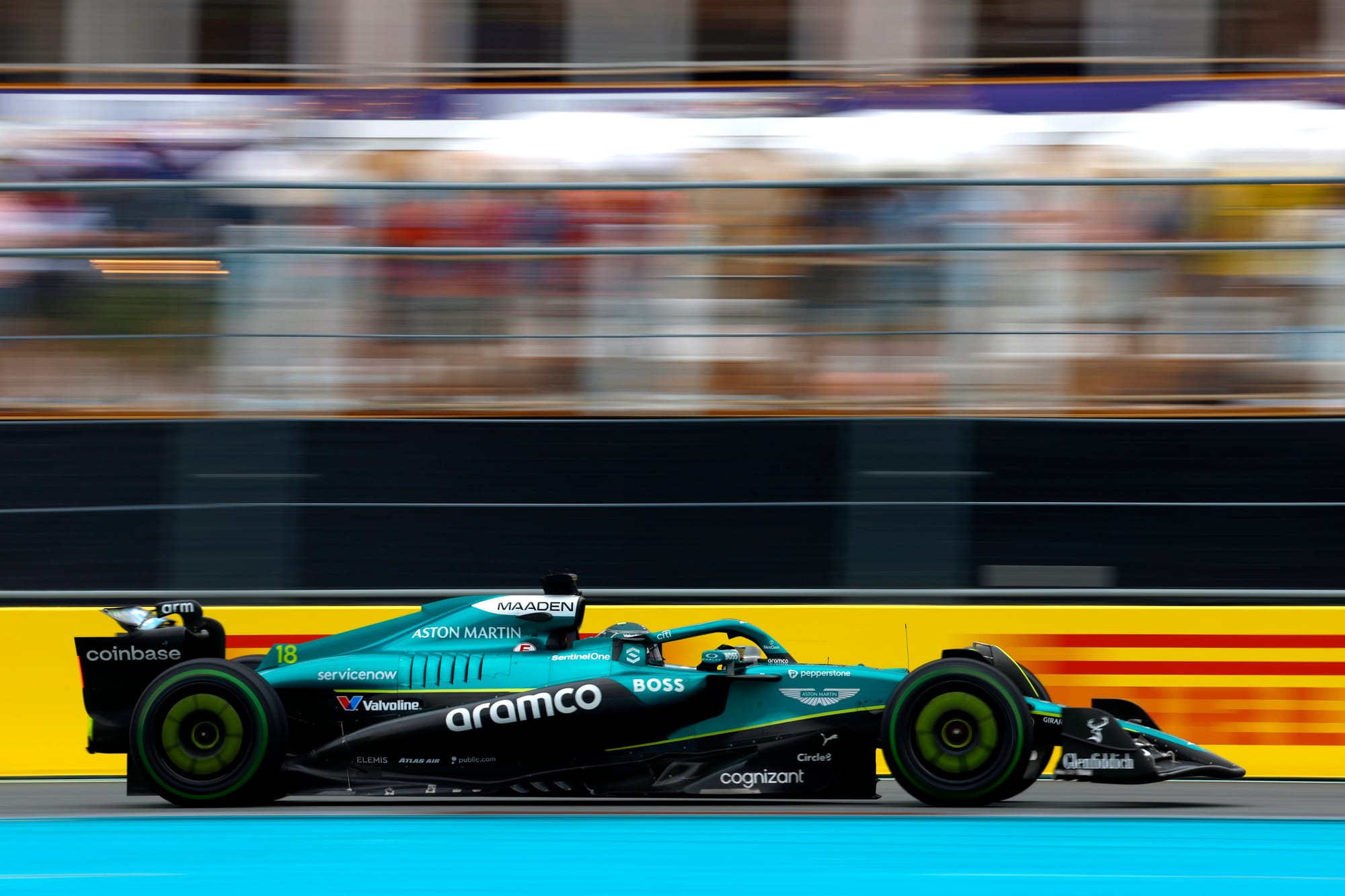
And it was so important to Aston Martin it delayed bringing the package to the track so it could go through that process.
"Maybe this update could have come a little bit sooner, but then it wouldn't have been in our new tunnel at all," Cowell said.
"But we were keen to make sure that the final mapping exercise was done in our tunnel, so that what we've got here is a good set of data.
"Time will tell whether it's good enough. But nothing's ever perfect, so I'm sure it will improve.
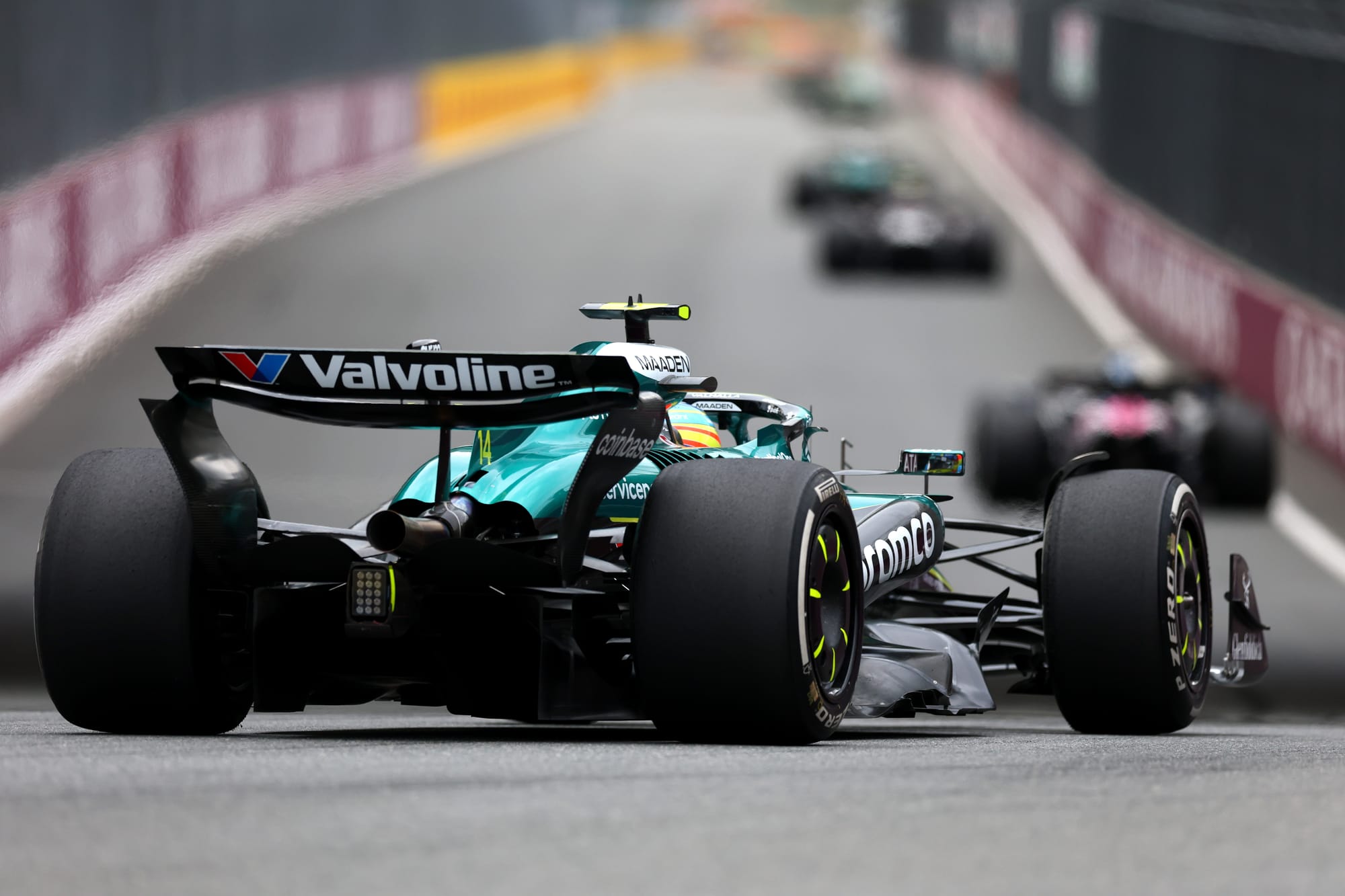
"We have a good set of data from the windtunnel with the characteristics of this aero package, and then by the end of Friday, we'll have a track-derived set of data.
"Will it perfectly align? I doubt any team ever gets it to be perfectly aligned, but you end up with offsets that you're comfortable with."
If the upgrade is effective, in terms of performance gain but also accuracy in correlation from tunnel to track, then it will indicate Aston Martin has finally made progress in an area it has lagged behind rivals in for far too long - something ruthlessly exposed by how much it has slumped since its podium-scoring run at the start of 2023, when others underperformed.
Cowell sees these steps as critical in not just improving the AMR25 but establishing the processes Aston Martin will rely on for future car development, including how it handles the major rules overhaul next year.
That will also benefit from the oversight of F1 design guru Adrian Newey, who started in March as Aston Martin's managing technical partner.
Cowell said: "What I'm really keen for us to achieve, and everybody else is keen to achieve, is that...we've got some really talented people, how do we get all of us to work well together, so that we have ideas and we swiftly introduce full-size parts to the track and we've got confidence that they work?
"So creating a racing team that can do that, having innovative ideas and quickly getting them to the racetrack, so our time to the circuit is as tight as possible, but we're not rushing, and therefore missing the target - that, for me, is the number one priority, because that's what's important for our future.
"However, the journey over the last six races hasn't been enjoyable. Coming racing and not getting points is not enjoyable.
"So there's a desire to make the AMR25 a more competitive car, but there's probably a greater desire to make sure that our innovation machine is more robust, and then we can squeeze the timeframe."


